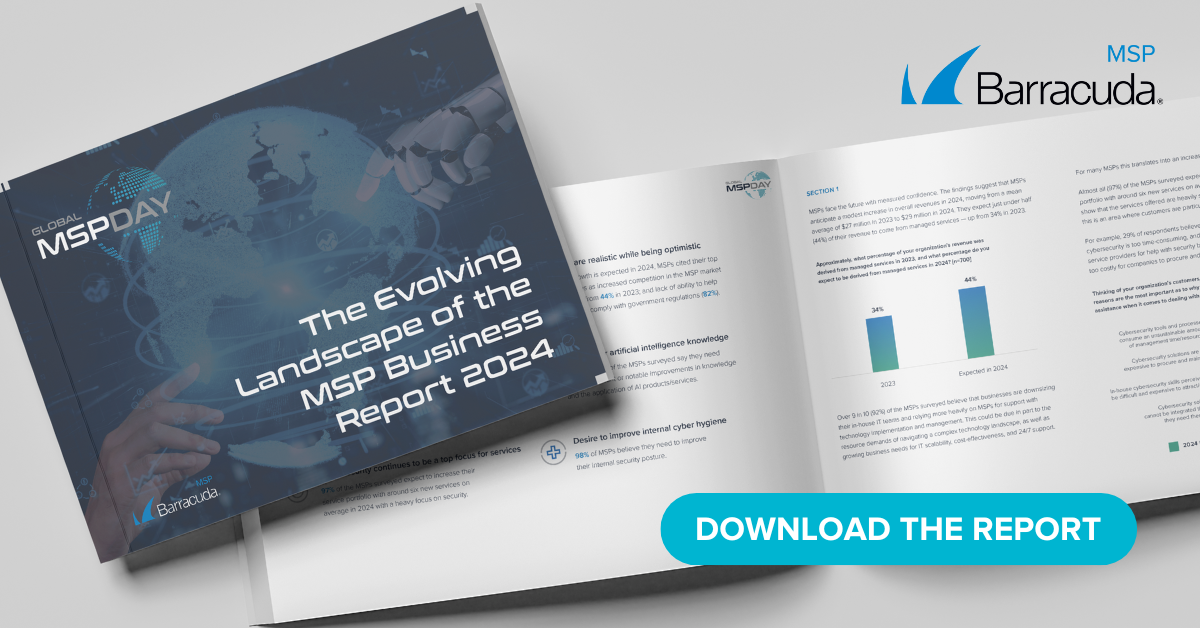 Thirty years ago, a little bouncing ball was driving computer users bonkers.
Thirty years ago, a little bouncing ball was driving computer users bonkers.
Discovered at Italy’s University of Turin in March 1988, the Ping-Pong virus was a boot sector virus affecting MS-DOS machines. It spread via infected floppy disks. (Remember those?) When users booted their computers with an infected floppy disk inserted, the virus spread—and by the time the message “Non-system disk or disk error” appeared, the damage was done. Ping-Pong then resided in the computer, attempting to infect subsequently inserted floppy disks.
Ping-Pong’s impact
A Ping-Pong-infected computer would periodically display a tiny white bouncing ball that careened from corner to corner of the screen. Rebooting the computer removed the ball until its next appearance. Intel 286 machines tended to crash when the bouncing ball appeared thanks to the use of the “MOV CS,AX” instruction in the virus’ code. (That instruction only existed on 88 and 86 processors.)
Ping-Pong A targeted floppy drives; variants Ping-Pong B and C infected the hard disk’s boot sector. An Israeli variant, Typo, nixed the bouncing ball in favor of sending all text to a printer.
Ping-Pong was long the most prevalent boot sector virus, until it was dethroned by Stoned. Also known as Bouncing Ball, VerCruz, Italian A or Bouncing Dot, Ping-Pong is no longer a threat—unless you’re still running MS-DOS. Watch the Ping-Pong virus in action.
http://https://youtu.be/yxHalzuPyi8
Photo: MShev /Shutterstock.
